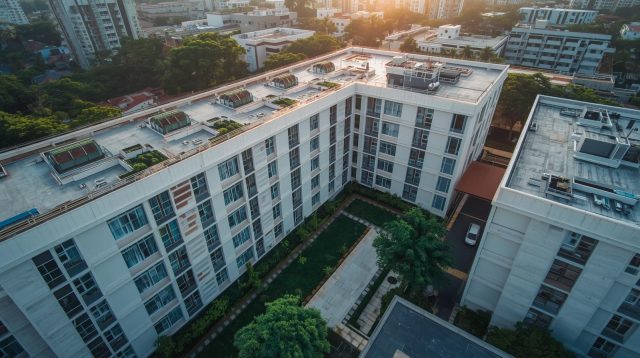How PGs Can Achieve Energy Self-Reliance Through Solar Panel Installations.
 🌞 Study Report: Solar Energy for Self-Reliant PGs in Bengaluru
🌞 Study Report: Solar Energy for Self-Reliant PGs in Bengaluru
Table Of Contents
- Background
- Energy Profile of a Typical PG
- Solar Potential in Bengaluru
- Solar System Sizing & Feasibility
- Cost Estimation
- Benefits
- Implementation Steps
- Challenges
1. Background
Bengaluru is home to thousands of PG accommodations, especially near tech parks, colleges, and metro corridors. These PGs face:
• High monthly electricity bills
• Frequent outages/load shedding (especially in summer)
• Dependency on diesel generators (DG sets) — expensive & polluting
Goal:
Assess the viability of solar panel installations to make PGs self-reliant, reduce costs, and contribute to sustainability.
2. Energy Profile of a Typical PG
Assumptions (medium-sized PG):
• Occupants: 30–50 people
• Daily energy consumption: 60–100 units/day
• Appliances: lights, fans, geysers, washing machines, refrigerators, water purifiers, TVs
• Monthly electricity bill: ₹25,000 – ₹40,000
3. Solar Potential in Bengaluru
Parameter Value
Average solar insolation ~5.5 kWh/m²/day
Sunny days/year 300+
Ideal roof area required per kW ~100 sq.ft
1 kW solar generation/day ~4 – 4.5 units/day
4. Solar System Sizing & Feasibility
A. System Capacity
• To offset 90–100 units/day → Install ~20–25 kW system
• Rooftop area needed: ~2000–2500 sq.ft (available on most 3–4 storey PG rooftops)
B. System Types
Type Features Suitability
Grid-tied No battery, exports excess to grid Ideal if outages are rare
Hybrid Solar + battery + grid Best for reliability & night-time usage
Off-grid Fully standalone Costly, viable only in off-grid zones
Recommendation: Hybrid system (solar + battery + grid) for maximum reliability
5. Cost Estimation (2025 rates)
Item Estimate
20 kW Hybrid Solar System ₹18 – ₹22 lakhs
Net metering setup ₹20,000 – ₹50,000
Annual maintenance ₹10,000 – ₹20,000
Battery backup (optional) ₹6 – ₹8 lakhs (for 2–3 hr backup)
Subsidies Available:
• Central subsidy under PM-Surya Ghar (for residential; may not cover PGs unless legally classified as residential use)
• State/BBMP schemes (vary; depends on PG licensing and type)
6. Benefits
A. Financial
• Monthly savings: ₹20,000 – ₹35,000
• Payback period: 4–6 years
• ROI over 25 years: >300%
B. Operational
• Reduced dependence on DG sets
• Backup during outages (via hybrid systems)
• Stable energy costs
C. Environmental
• 1 kW solar = ~1.5 tons CO₂ saved annually
• 20 kW system = ~30 tons CO₂ saved/year
• Reduced noise, pollution from DGs
7. Implementation Steps
1. Energy audit: Assess current and future energy needs
2. Site feasibility: Rooftop area, shadow analysis
3. Vendor selection: MNRE-empanelled installers preferred
4. Financing:
o Bank loans (green loans)
o Lease or RESCO model (installers own the system, PG pays monthly fee)
5. Installation & net metering
6. Monitoring & maintenance
8. Challenges
Challenge Mitigation
Roof ownership (tenant PGs) Agreement with building owner
Upfront capital Loans or leasing models


